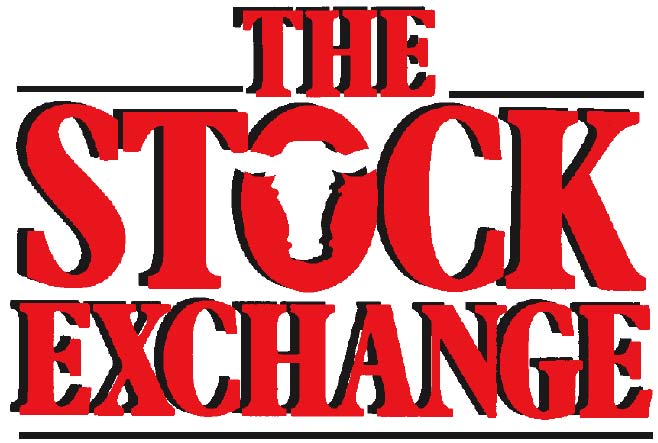Don’t Let “Feed Price Sticker Shock” Paralyze your Management
Kevin Laurent – Extension Specialist, Department of Animal and Food Sciences, University of KY With current feed prices, if there was ever a time to test your hay it is this year! The ancient Greek philosopher Heraclitus once said, “The only constant in life is change” and boy have things been changing lately. Given all the negativity that seems to catch the headlines, there has been some positive changes in the cattle markets.…
